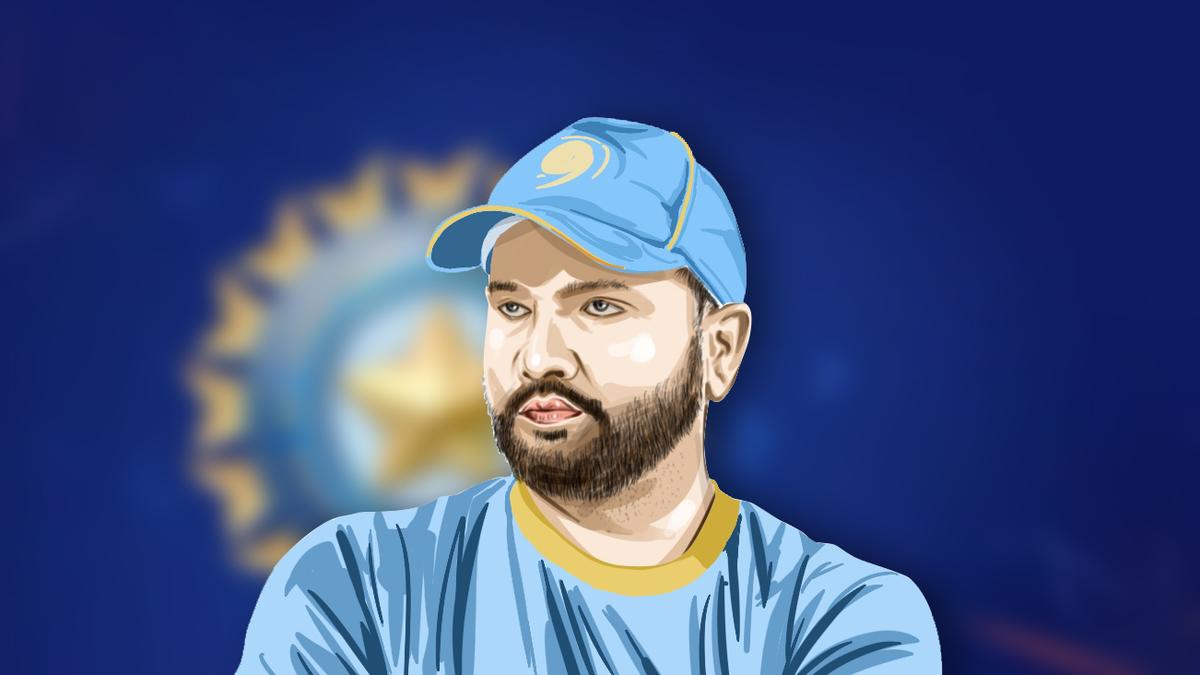January is associated with fresh beginnings and cliched New Year resolutions. But as this year’s January 2nd waned at the historic Sydney Cricket Ground, there was a sense of an ending.
The Indian cricket team was preparing for the fifth Test of the Border-Gavaskar Trophy series. Trailing 1-2, Rohit Sharma’s men needed to stage a comeback. However, skipper Rohit himself was not a certainty in the playing eleven and coach Gautam Gambhir refused to offer any clarity.
Sports writers peered hard. Clues were gleaned from Rohit’s body language. Is he glum? Is he laughing? When the Test commenced, Rohit had dropped himself and Jasprit Bumrah led. India lost that game. Meanwhile, the speculations over Rohit’s career in cricket’s longest format continued. Would this be his full stop in Test whites?
The answer to this question finally blew in the wind on May 7 when the Mumbaikar announced his Test retirement through an Instagram story. He did clarify, though, that he would continue to play ODIs. Rohit had earlier bowed out of T20Is too.
At 38, an extended ODI career may look a touch difficult but he has been his own man ever since whispers about his prodigal talent did the rounds in the Mumbai maidans almost two decades ago. Batting at its most elemental form is about lining up the delivery and responding. Rohit is one of those rare batters, who seemed to have that extra second while dealing with the red cherry in Tests and the white ball in limited overs cricket.
There was an ease to the manner in which he picked his runs. This was more poetry at work rather than dull prose, even if at times he could lash out those muscular sixes. ‘He makes it look easy’, was the general refrain but as David Gower, the aesthetic high-priest of batting, said once, there is a lot of hardwork lost in descriptive terms like ‘lazy elegance’.
As a teenager, he had to grapple with crowded suburban trains while carrying his heavy cricket kitbag to the grounds in south Mumbai. He had to deal with the historical pressures that a batter has to cope with in a metropolis that has produced Sunil Gavaskar, Dilip Vengsarkar and Sachin Tendulkar.
There were cautionary tales too like the one involving Vinod Kambli, a glorious talent lost to the pitfalls of fame. Rohit, though, remained grounded, and by 2007, was part of the Indian limited-overs squad and was a member of the team that won the ICC World T20 the same year.
Test performance
If Rohit the batter in ODIs and T20s looked set for the long haul, the same individual seemed plagued with bad luck when it came to Tests. Set to make a Test debut in 2010, he picked up a freak injury. Eventually, he found his way back in 2013, and the West Indians felt the heat of his bat at Kolkata’s Eden Gardens.
Rohit’s 177 on debut seemed to be a promise about things to come. But as his career evolved, it was obvious that he was cut out for greatness in ODIs, where he scored double hundreds for fun, while in Tests, he had an identity crisis. Shuffled across slots, dropped at times, it took a while for him to stabilise while Virat Kohli, Cheteshwar Pujara and Ajinkya Rahane marched past him.
The tipping point was when coach Ravi Shastri and captain Kohli made him open in Tests. Rohit prospered despite reservations in many quarters over his flamboyant style not being suited to Tests. He coated his aggression with a strong defensive technique, and the runs flowed.
The twilight phase, though, was terrible. A poor yield against Bangladesh, New Zealand and Australia, meant that Rohit had to make a choice. For now, he is banking on ODIs, a format he dominates, both as a batter and as a captain.
Still, to make 4,301 runs in 67 Tests, while largely opening, is a good statistic. Having led India to titles in the 2024 ICC Twenty20 World Cup and this year’s Champions Trophy, besides excelling for the Mumbai Indians, Rohit’s legacy is set in stone. Yet, he could have flourished more in Tests.
Published – May 11, 2025 06:58 am IST
